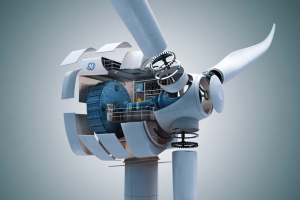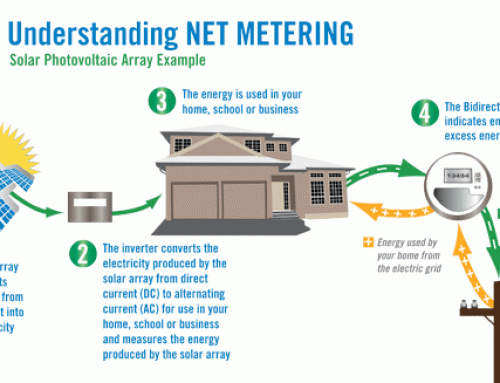The time has reached when Pakistan has entered into a new era in energy sector as wind power started flourishing in the country. Pakistan is taking aggressive steps to harness the available wind potential in this country through private sector participation. To do so, the Government of Pakistan (GoP) is endeavoring to create conducive environment to attract maximum private sector investment. GoP is ensuring development of such market mechanisms that would trigger the development of wind energy on fast scale basis. Currently, 31 Wind Power Projects of around 1810 MW capacity are in process. 4 projects of cumulative 205.4 MW is commercially operating, 1 project of 50 MW is under commissioning and 1 project of 50 MW is under construction. In addition, 13 projects of cumulative 680 MW in process of achieving financial close, whereas 12 projects of 824 MW are in pipeline and are expected to commission by 2017.
Due to recent developments, wind energy sector of Pakistan is becoming the investor’s choice destination. The wind energy sector of Pakistan is attracting a large investment from both local and foreign investors/ companies. The private sector investment portfolio in Pakistan has increased up to US $ 4 billion.
 The GoP anticipates that deploying wind and solar energy for electricity generation will help the country in attaining sustainable economic growth i.e. this will reduce dependency upon imported fuel, help reducing import bill, circulation of money in local sectors of economy, reducing overall cost of energy, reducing financial impacts on consumers and poverty alleviation. This will also help in mitigating GHGs hence improving environmental conditions. The installed 205.4 MW wind power projects have a potential to abate GHG emissions to a level of 328,190 tCO2e in one year. The initiated 1810 MW wind power projects have a potential to reduce 2.89 million tCO2e on annual basis. This will help in reducing the carbon footprint of Pakistan, thus providing a better opportunity to get financial resources for conventional energy projects (coal etc.), besides getting access to funds like Global Climate Fund (GCF) under United Nation Framework Convention for Climate Change (UNFCCC), UK-German NAMA Facility etc.
The GoP anticipates that deploying wind and solar energy for electricity generation will help the country in attaining sustainable economic growth i.e. this will reduce dependency upon imported fuel, help reducing import bill, circulation of money in local sectors of economy, reducing overall cost of energy, reducing financial impacts on consumers and poverty alleviation. This will also help in mitigating GHGs hence improving environmental conditions. The installed 205.4 MW wind power projects have a potential to abate GHG emissions to a level of 328,190 tCO2e in one year. The initiated 1810 MW wind power projects have a potential to reduce 2.89 million tCO2e on annual basis. This will help in reducing the carbon footprint of Pakistan, thus providing a better opportunity to get financial resources for conventional energy projects (coal etc.), besides getting access to funds like Global Climate Fund (GCF) under United Nation Framework Convention for Climate Change (UNFCCC), UK-German NAMA Facility etc.
Wind power is also economically and financially viable for Pakistan. The prices of wind power in Pakistan are also becoming comparative to other parts of the world. The LCOE from wind power in Pakistan is gradually reducing and as the market mechanisms will be established, the LCOE would become more comparative to most parts of the world. It is expected that as the market flourishes, the wind power project costs will reduce, as a critical mass is achieved within the country and engineering support capacities develop. Since, the efficiency of wind turbine technologies are increasing worldwide, it would thus be fair to say that the LCOE from wind power will become substantially low in coming future. NEPRA, the regulator in Pakistan is sensing this aspect and is expected to revise the Upfront Tariff number in future to make it more competitive and rational.
 Wind power is a part of long term national energy security strategy and measures are being undertaking to nurture growth of wind power technologies as a part of the national energy mix. Operating assets that are being developed as a result of recent developments are expected to enable the lenders to develop a risk profile of the sector and ease further investment inflows as the grid absorption capacity improves and technology efficiencies improve. GoP is also looking at option to develop a robust indigenous engineering capability that would enable leap frog in this sector, as efficiencies improve and costs reduce over time.
Wind power is a part of long term national energy security strategy and measures are being undertaking to nurture growth of wind power technologies as a part of the national energy mix. Operating assets that are being developed as a result of recent developments are expected to enable the lenders to develop a risk profile of the sector and ease further investment inflows as the grid absorption capacity improves and technology efficiencies improve. GoP is also looking at option to develop a robust indigenous engineering capability that would enable leap frog in this sector, as efficiencies improve and costs reduce over time.





Leave A Comment